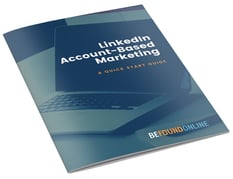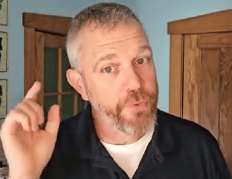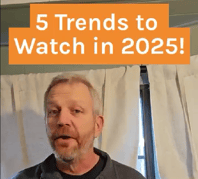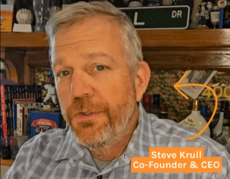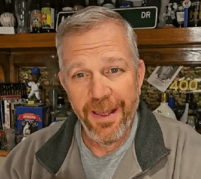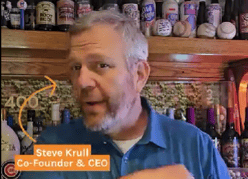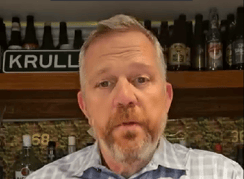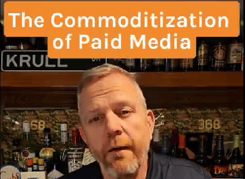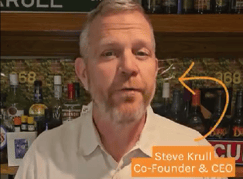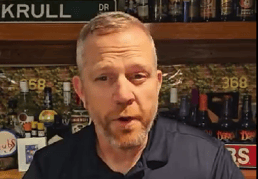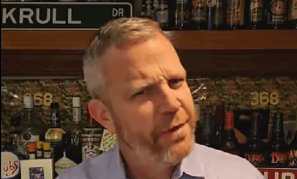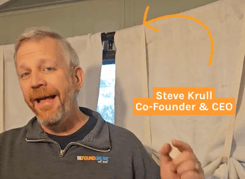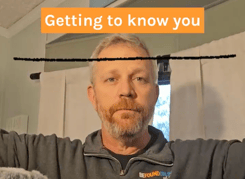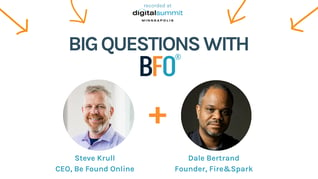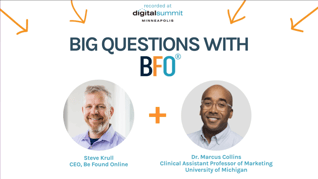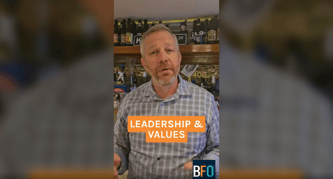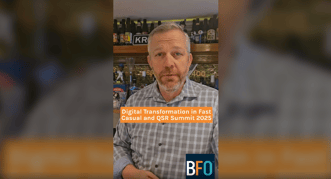SEO After Panda & Penguin: A Look Back at Google Penalties | BFO
June 17, 2014
5 Minute Read
Did you know that more than two-thirds of web searches are done through Google? When the search engine giant penalizes a site, it is a serious problem. The penalties result in low rankings search results and are issued for a variety of factors, most notably poor link building practices, creating “spam links” which Google notates as an “unnatural links to site” warning.
There are Two Types of Google Penalties to Assess:
- Full Match Penalty – A full match penalty affects an entire domain, completely delisting a site. In essence, it is removed from search results.
- Partial Match Penalty –A partial match penalty delists specific pages of a site or specific queries which Google has determined have been spammed. Some parts of the site will be indexed, but others will be essentially “invisible”. Some search terms that used to return high rankings for a site will cease to rank.
Either of these penalties can mean a sudden, and often dramatic, drop in search results. Sites that once ranked on the first or second page of Google for specific keywords abruptly drop… or simply have no ranking at all.
Although Google has penalized websites for years, two algorithm changes are at the heart of the most recent Full Match and Partial Match Penalty issues that are being seen: Panda and Penguin.
The Google Panda algorithm (early 2011, with several updates since) and Google Penguin (2012, with another suspected update looming) were designed to examine web content and place high-quality sites near the top of search results. The sites Google classifies as “low-quality sites” or “thin sites” are penalized and show up much lower in the results. Once a penalty has been assessed, it is up to the webmasters to determine what caused the penalty and take the action necessary to have the penalty removed.
Several companies contacted Be Found Online to resolve their sites’ Google penalties. Our process is always thorough: When a Google penalty has been handed out, BFO’s analysts will quickly determine why the penalty has been assessed and then make the necessary changes to the client’s site in addition to addressing the backlink profile that caused the penalty.
BFO’s experience has been that clients’ penalties can be removed in a relatively short period if all reasons for the penalties are addressed. Below are three case study examples.
Case Study One:
Google Penalty Type: Partial Match
The Problem: In December of 2013, this company’s penalty resulted in a drop in its website traffic. The site had been penalized because of keyword-heavy anchor text, which was not tied to the company’s brand. This was due to years of poor link building practices.
The Solution: Analysts at BFO addressed the bad links directed to the company’s website. They targeted and removed the spam links, such as: unrelated forum links, unrelated blog comment links and guest posts from unrelated sites.
The Outcome: Three months after the penalty was originally instated, Google retracted it and the company was back on track.
Case Study Two:
Google Penalty Type: Partial Match
The Problem: Early in 2014, this Google penalty was issued against the company’s site because of spam links and keyword-heavy anchor text.
The Solution: Starting on March 5, 2014, BFO analysts evaluated the client’s needs and began removing the spam links and inappropriate anchor text. They concentrated on keeping any high-value links not posing risk to the domain, and removed links from questionable sites containing spammy anchor text.
The Outcome: By April 24, 2014, just a month and a half later, the Partial Penalty match was revoked.
Case Study Three:
Google Penalty Type: Full Match
The Problem: This penalty delisted all of the company’s subdomains and main domains. Because of the severity of the penalty, BFO analysts conducted a full link review which uncovered several links to a suspicious subdomain.
The Solution: Once the full link review was conducted, a disavow file was submitted for each of the company’s subdomains. BFO also made a large on-site change, including changing several site wide footer links to “no-follow” in order to ensure the site was fully compliant with Google’s current web standards.
The Outcome: The Google penalty was revoked by April 24, 2014, less than two months after the company came to BFO.
Wrapping It Up
In each case above, BFO was able to assess the penalties and take immediate action to have them removed. Though the process isn’t always as speedy as a company might wish, diligence can provide results within a reasonable timeframe as long as skill, patience and hard work are employed every step of the way.
After penalties have been lifted from a site, it can still be a long road to recovery. BFO has seen examples of sites that recover quickly, but largely, it takes some significant time for sites to fully regain rankings. It’s still no secret that rankings are closely tied to backlinks, but Google has gotten a lot stricter about what it considers “quality” in terms of backlink signals. As result, a site with a penalty caused by poor link building, resolved by removing links, can struggle to regain rankings until it builds up a lot of new, high-quality links. With all that being said, the victory of removing the penalty, which is like a “cap” on performance of a website, should not be minimized. Moving forward, though, the company should partner with a digital marketing agency to ensure that it isn’t at risk for penalties and is taking the right steps to build SEO equity the right ways.
We talk more about ways to build your SEO performance in our ebook! Download it here.
Michael Klein was an SEO Analyst with Be Found Online in Chicago, Illinois, specializing in disaster recovery. You can find Michael on Google+. Since 2006, BFO has helped companies achieve a strong online presence, bringing traffic to client websites.
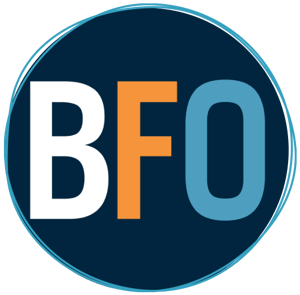
The BFO Team
Here at BFO, we're always striving to bring you the latest and greatest in digital marketing insights and education. We're not ones to brag, but we've been lucky enough to be featured in all sorts of fancy publications and media outlets, strutting our stuff and showing off our industry expertise.
CATEGORIES
SUBSCRIBE TO OUR BLOG
Stay up to date with the latest industry best practices in digital marketing!









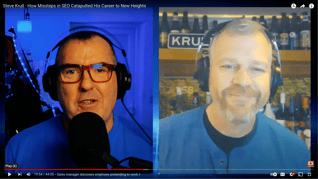

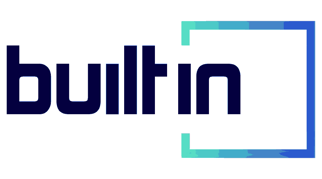






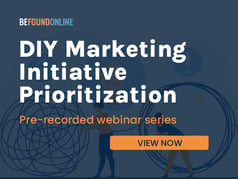
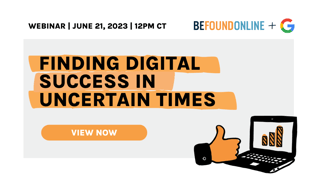




.png?width=339&height=179&name=Webinar%20Banner%20(1).png)
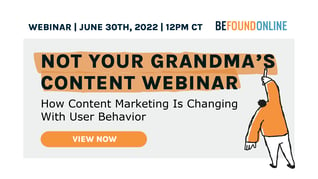
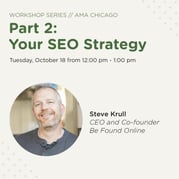

.png?width=339&height=179&name=July%20Webinar%20(Newsletter).png)
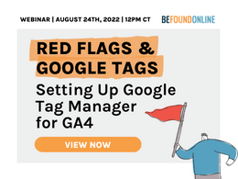
.png?width=339&height=179&name=Webinar%20Banner-April-02%20(1).png)
%20(4).png?width=339&height=179&name=Webinar%20Banner-May-02%20(1)%20(4).png)

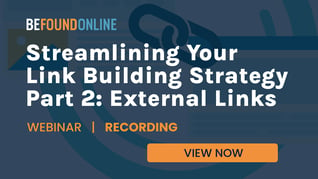


.png?width=339&height=179&name=March%202023%20Webinar%20Ad%20(autoresponder).png)






